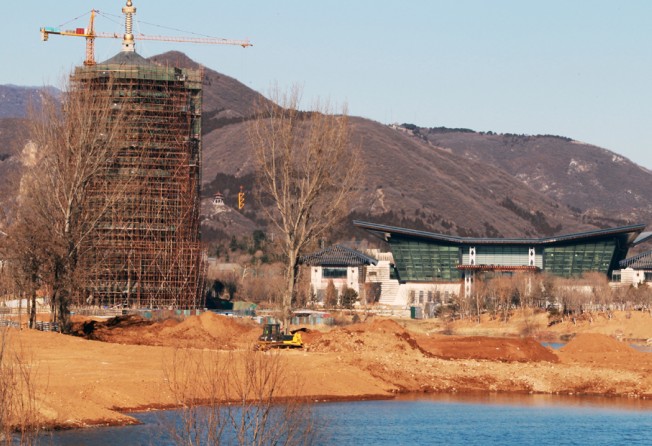Apec conference centre architects draw on Chinese influences

Architects designing the venue for the Apec summit in Beijing next year say developers in the capital are increasingly keen on putting up buildings inspired by Chinese culture rather than international designs that may be out of character in the city.
The Asia-Pacific Economic Co-operation leaders forum will be held at Yanqi Lake to the north of Beijing and organisers wanted buildings that are contemporary, but also distinctly Chinese, the architects said.
"In the past decade, because we were less sure of our own cultural heritage, we tended to look to the West for design ideas,'' said Zhong Bing, a Shenzhen-based architect and an executive at the design firm commissioned to take charge of the project. "Nowadays we receive more requests from developers who prefer designs that are more Chinese.''
The Apec project involves building a conference centre, hotel and 12 VIP villas.
"For this project they want something Chinese, contemporary and global,'' said Mao Xiaobing, another architect on the project. "They don't want a simple imitation of either Western or traditional Chinese designs. We think this approach represents the real direction of contemporary Chinese architecture."
The villas, each with two presidential suites, a swimming pool and 20 to 40 guest rooms, are based on designs drawn from different regions.
"The idea is for the participants to experience the diversity of Chinese culture," said Zhong. Between each villa, trees will be planted to guarantee privacy.
The 40,000 square-metre conference centre will be a mix of traditional and modern architectural styles, the architects said. "The most striking feature in my design is the upward eaves which extend 17 metres on four corners. It symbolises a big bird extending its wings before flight," said Liu Fanglei, an architect at the Beijing Institute of Architectural Design.
"It is taken from the architectural style of the Han and Tang dynasties. At the height of Chinese civilisation, the two dynasties produced marvels of architecture," he said.
"It's sad that now we have so many new buildings across China which have little to do with our place and our culture."
The conference centre will be on the middle of a 65-hectare island with the guest houses radiating out from it. "We want the buildings to merge well with the surroundings," said Mao.
Xu Donghuan